I adore Mason (everyone calls Elizabeth Mason that.) Her background and the role she has in my books has grown over the years.

I adore Mason (everyone calls Elizabeth Mason that.) Her background and the role she has in my books has grown over the years.

Welcome to our Idea to Book post for The Magic of Four, which just came out at the beginning of May. (This means that from now I’ll add a new Idea to Book post a few weeks after the book comes out. But you won’t have a long string of them.)
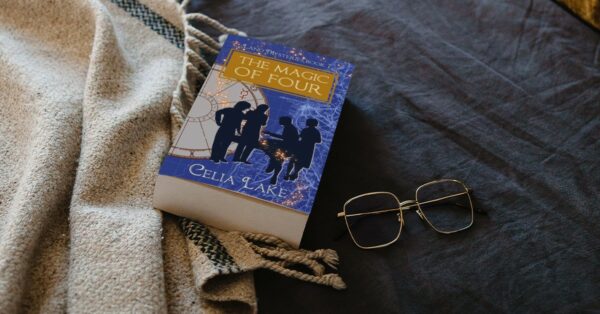
The Magic of Four is also the last book in the Land Mysteries series, which explores three themes during the Second World War. Those are a range of different kinds of relationships in our lives. It’s also about the land magic, and how Albion responds to the Second World War. You can see all three of those here, in various ways.
The Magic of Four has everything you might hope for in a school story. There are snippets of classes, finding friends, dealing with student problems. And of course, because it’s Schola, it’s got magical sports (pavo and a dash of bohort), secret societies, and all the implications of a magical school.
As I’ve noted, I do have plans for three romances. Ursula Fortier (Leo’s older sister) will have hers in 1947, Edmund Carillon (Ros’s older brother) in 1948, and Claudio Warren (in his 40s, and close to both Leo and Avigail) in 1950. Those will let me tie up some loose threads on other ongoing questions about the land magic, living in post-war Albion, and the Council. Learn more about my plans.
(more…)Welcome to the first in a series posts focusing on a specific character. We’re starting with Richard Edgarton, who’s appeared in a number of books over his life. He’s married to Alysoun Edgarton, and the father of Gabriel (Gabe) Edgarton and Charlotte Edgarton Wright, as well as grandfather to their children. He’s also been Lord of the land, a Captain in the Guard, and a magistrate for most of his life.
You can find the complete list of books Richard’s appeared in on his page on my authorial wiki, as well as the arc of books that deal with the Edgartons as a family.
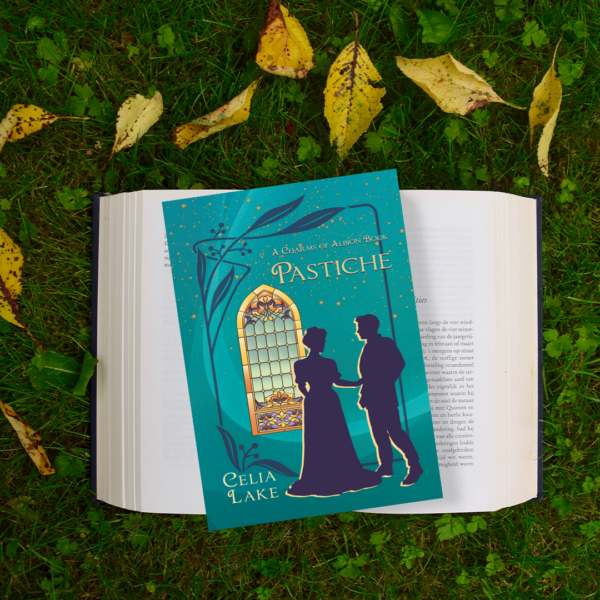
It’s late December, which means it’s also the time when various sites post their reading challenges. If you’re doing one in 2024, here’s a guide to which of my books might fit particular categories. (If you’re doing a challenge not listed here, and other people can join in, send me a link and I’ll add it!) You might also want to check out my post about summer reading challenges from the summer of 2023.
The two challenges I’m pulling from for this post are the Book Riot’s Read Harder 2024 challenge and the 2024 PopSugar Reading Challenge. They have some overlapping categories, so I’m going to note which challenge applies, and the books I’ve written that might apply.
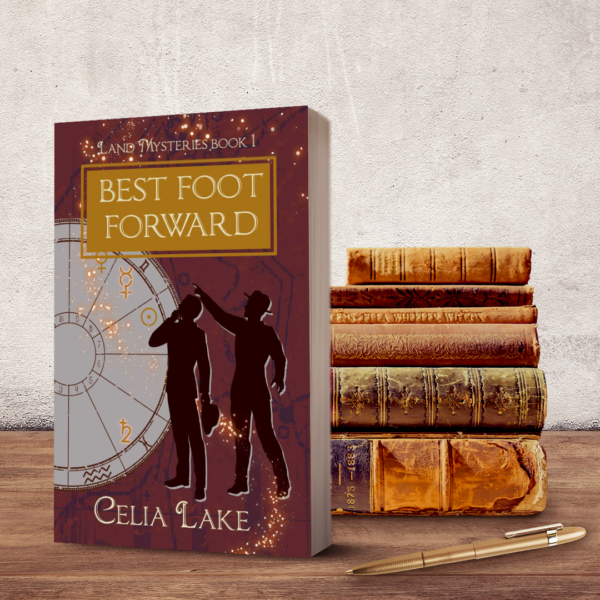
It’s time for summer reading challenges where I am. Whatever time of year it is for you, I thought it might be fun to do a round up of some reading challenges. Some of these come from libraries, and some come from other groups. I’m still waiting on my local library’s challenge (out on June 17th), but I’m thinking about how I’d like to nudge my reading a little bit.

(To be honest, a lot of it has been research reading, one way or another, and I would like to mix it up, and also just read more.)
Here are some different challenges to check out. You can also check your local library systems (a lot of libraries put something together for adults, as well as for kids and teens.) If there’s nothing up yet, check back later in June, my local public library isn’t launching theirs until the 17th.
(more…)Wards of the Roses remains my favourite title so far, given that I get to pun on the era, and on the walls of impenetrable roses around the manor house that’s central to the book.
I wanted to do several things with this book: write about the experience of blindness in the 1920s, talk about the creation of the Pact, and gesture at some of the forms of ritual magic in play both historically and during the time of the books.
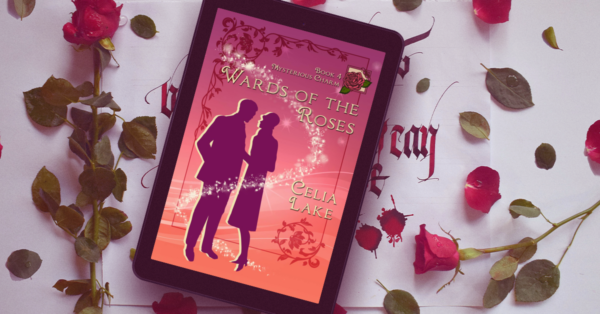
I have plans to do a post entirely about this, so I’m going to save the details for that. However, the 1920s were a particularly interesting time in the history of blindness.
Part of this is directly because of World War I. Damage from the new gas attacks, as well as injuries from bullets, shrapnel, and explosion, as well as better medical care that meant people did not die from initial injuries led to improvements in blindness rehabilitation.
People had previously been using four or five different methods of reading (embossed text, braille, Moon Type, among others). By 1919, the United States had standardised on a single form of braille (as the UK had a few years before that.)
Two things we associate with modern blindness – the long cane and guide dogs – both come directly out of the the 1920s and 1930s, thanks to various rehabilitation efforts. Both a lot more independent travel – the cane by giving a lot more information about what’s around you, and guide dogs because they can help make independent decisions about what’s going on that might be a risk.
(I’m quite sure Giles takes to a long cane with glee, and he has a guide dog by the mid-30s.)
So Giles is, at the time of the book, on the cusp of a number of these advances, but there are still a wide variety of tools in play, and learning to master them (or at least figure out which ones you wanted to use) was a key part of blindness rehabilitation work. For the record, St Dunstan’s was a real place, now Blind Veterans UK, and The Refuge was a magical equivalent, housing a small number of people at a time.
The one exception to the historical tools is magic duplicating later technology – Giles uses small charmed tokens to orient himself in rooms he uses often (like his home). Modern tech can do something similar, but this is something sympathetic magic would make pretty easy.
Obviously, the Pact is a major part of the history of Albion. The Pact is the agreement Richard III made in 1484 with the Fatae that created some protections, and transferred responsibilities for certain magical rites from the King (or his chosen representative) to the Council.
This book only touches on some of the implications of that, but I wanted to write about the fact that not everyone thought this was a good idea. Change in the fundamental structures of your magical life is hard!
(For more about the Fatae, check out Seven Sisters, Fool’s Gold, and The Hare and The Oak.)
I also wanted a glimpse at the more ritual-focused forms of magic, the kind of thing that involves arcane drawings on the ground in specially prepared chalk. A staple of the grimoire traditions of magic from the 15th and 16th centuries, there are lots of different forms. They often involve a number of calculations, picking a particular date, hour, even minute, and so on.
One of my basic principles in how magic works in Albion is that there are lots of ways to do magic, but not all of them are mutually compatible. And not all of them will work the way you hope they will, especially when you’re working toward the limits of their capacity. That’s before you get into whether the individual doing the magic is skilled, knowledgeable, or competent enough to do the thing they want to do (or sensible in their choices!)
Intrigued? Get your own copy of Wards of the Roses. You can find a bit more of Kate and Giles together in Country Manners, found in the Winter’s Charms novella collection, over the Christmas of 1921 between their engagement and marriage.
One of my early readers, reading Pastiche, asked me “Did Giles and Richard know each other before the War?”
(Giles being Major Giles Lefton, hero of Wards of the Roses, and Richard being Lord Richard Edgarton, who appears in Wards of the Roses and On The Bias, and who gets the story of his own romance coming up in Pastiche.)
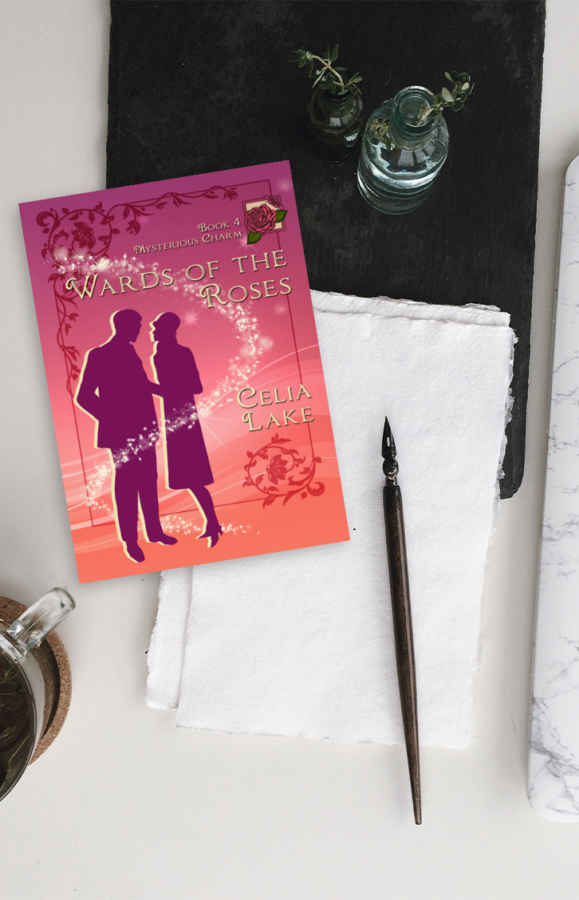
They’re both upper class, well-educated, competently magical men in a relatively small community, so yes, they’ve been moving in similar circles for a good while.
They are, however, a generation apart in age.
Albion is not a massive community. Sparing you my spreadsheet of demographics for the moment, the community is roughly 250,000 people in the 1920s. There are about 200 families who hold a title (usually Lord of the Land [1]) and probably another 300 or so who are upper class and possibly of the minor aristocracy (cadet branches of the titled family lines, and so on.)
(Those aren’t the only positions of power, of course. The Mysterious Power series will be getting more into some of that.)
Their families: Richard, obviously, has a title, and comes from one of the noble families. Giles doesn’t, but comes from the minor aristocracy. His family have multiple properties. He’s well off enough personally that money is not an issue for him. They were both in Fox House at Schola, so they share at least one club, and probably more than that one.
They certainly have run into each other at various social events (such as the Temple of Healing garden parties, a major source of fundraising for the Temple). An amicable but distant sort of acquaintanceship.
When did they meet? I suspect they didn’t know each other terribly well until Richard – or someone else Richard knows in the Guard – needed Giles and his mathematical brain for a spot of code-breaking. At that point, of course, these two intelligent, practical men would find common cause pretty quickly. It’s a relief when you find someone competent who can do the thing you need to solve the problem at hand without fussing.
I am quite sure that was before Giles became blind, however. Richard is, at times, still figuring out how to handle some of that smoothly, in a way that wouldn’t be as true if they’d only met after that point.
I’d guess they met sometime in 1913 or 1914, in the buildup to the War, but I haven’t pinned that down yet.
[1] Yes, women can have the equivalent position, though most families inherit via male primogeniture if that’s an option. I do plan to talk about this in more detail sometime!Elsa Sjunneson-Henry (who is deafblind) just won a Hugo Award (one of the major awards in Science Fiction and Fantasy) for her work on the issue Disabled People Destroy Science Fiction.
She started a Twitter thread of recs and comments about works by and about people with disabilities – there’s some great stuff there from a wide range of genres and perspectives. (And a lot more I want to go read that I haven’t yet.)
I don’t usually identify myself bluntly as disabled but I have half a dozen chronic health issues. They add up to somewhere between mildly and moderately disabling depending on what’s flaring at the moment, but my life is mostly set up that a lot of it isn’t that noticeable. Embodiment is weird.
But I missed the Twitter thread originally because it was a migraine day. (Thanks, weather…)
If you’ve read my books, you’ve probably noticed that they have a bunch of main characters with disabilities and chronic health issues that affect their lives. For the books that are out now, that includes:
And in books you haven’t gotten to read yet, we have Laura’s point of view (and romance), a secondary character with a major facial injury, a secondary character who is deaf and who signs, and an autistic hero. (Coming in the not too distant future!)
How those stories come out on the page is (of necessity) mediated by the fact I’m writing about the 1920s. Our language and understanding of some of these things was different (and those communities and the tools people used were also different). But I truly want to write books that reflect the lives that I and my friends live – which are full of all kinds of people.
Wards of the Roses is out today! (Head on over there if you’d like to buy a copy – this post is about some of the inspiration behind the book.)
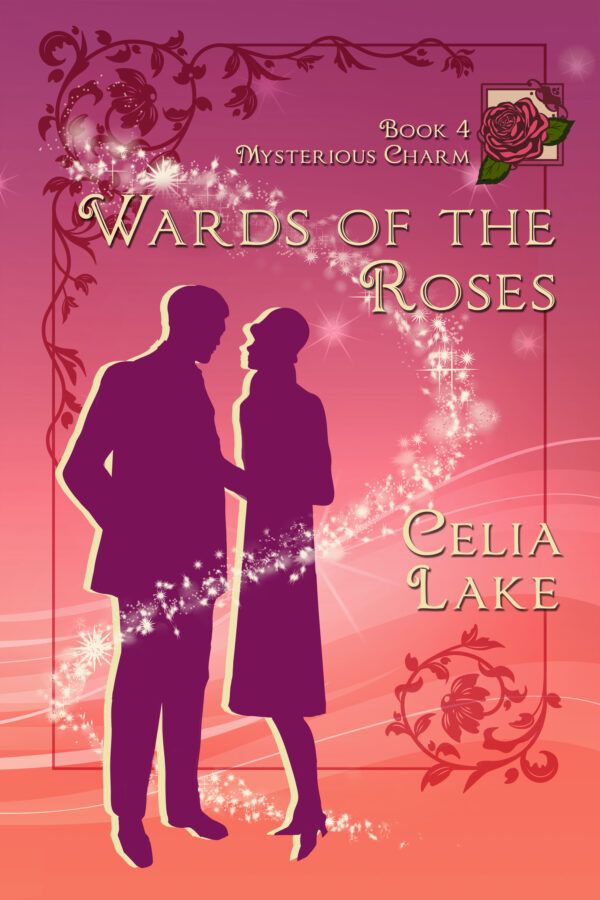
I’ll be honest, this is my favourite title so far! It’s also the first book where I got to talk a lot more about how the magical community of Albion came to be.
I’d been wanting to do a book about Kate since she showed up at the end of Outcrossing, as her confident secure self. Wards of the Roses is the story of how she got there, and how her relationship with Giles gave her a chance to grow into that confidence and competence. I wanted to write a bit more about how the Guard works, and how the politics of the Guard work, and show off a couple of their historical traditions, like the Lost Tongue.
The 1920s is a fascinating time in disability history, in large part because of the Great War. Blindness is no exception to the general rule here – many of the modern tools we associate with people who are blind (like a long white cane or the use of a guide dog) come out of rehabilitation work done after the war. Those things don’t quite exist yet in 1920, and I loved having a chance to write about the important work of St Dunstan’s, and the tools that were available. (And of course, writing a character where blindness is part of his life, but it’s mostly the least interesting part.)
For people who love worldbuilding, there’s more information about the series and the world in the About menu on the website. (And if you subscribe to my newsletter, you not only get told first when I have a new book out, but you get a longer guide to Albion and some other treats. I’ll be sending out a couple of interviews Giles did with other possible assistants later in August, for example.)
Next up: getting In The Cards ready to publish, the story of Laura Penhallow.